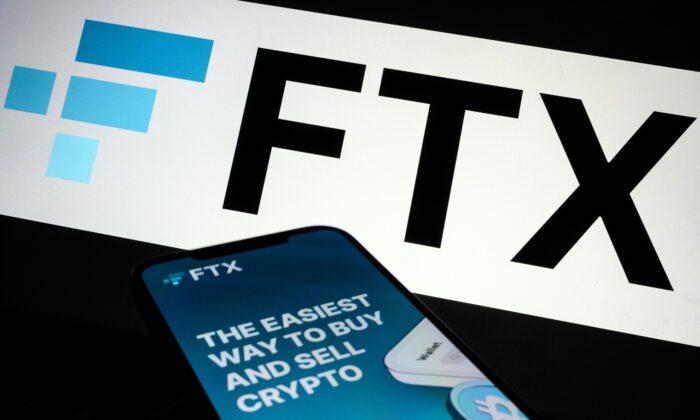A growing number of pension funds and investment firms have revealed since the bankruptcy filing by cryptocurrency exchange FTX that they were directly or indirectly exposed to Sam Bankman-Fried’s crypto empire, resulting in hefty losses for investors in the United States and Canada.
The disclosures come as many of these pension funds and Wall Street firms have been decimated by the stock market meltdown in 2022 and exacerbated by the Federal Reserve’s rate-tightening campaign.
According to MOSERS, that’s about 0.01 percent of its total $8.2 billion portfolio.
The Ontario Teachers’ Pension Plan (OTPP) confirmed that it invested $75 million in FTX in October 2021 and an additional $20 million in January. The investments were completed through its Teachers’ Venture Growth (TVG) fund to gain some exposure to digital assets and the financial technology sector. It represented 0.05 percent of the pension’s total net assets.

One of Canada’s largest public pension funds plans to write down its $95 million investment in FTX by year-end.
This comes months after the Caisse de depot et placement du Quebec announced that it would be writing off its $150 million investment in the Celsius Network.
Since 2012, more Canadian pension funds have been delving into cryptocurrency, including the Ontario Municipal Employees Retirement System, which invested in crypto-related assets.
Private investment firms have also seen their capital in FTX evaporate this month.
Will Funds Ditch Cryptocurrency?
Because some market experts have warned that this could spell the demise of the crypto sector, there has been an expectation that this will force public pensions to become more hesitant about investing in funds that have transferred money to anything related to crypto.But not everyone agrees, explaining that this debacle will prompt the government to impose more regulations on the industry, attracting more retail and institutional investors in the future. At the same time, it’s crucial to avoid “knee-jerk reactions,” according to Nick Dazé, the CEO of web3 SaaS firm Heirloom.
“Regulators will use this as the starting gun to accelerate regulatory positioning and roll out. We need to be really careful here because while it may be true regulation is necessary on some level, we do not want to see knee-jerk reactions produce untenable legislation,” he told The Epoch Times.
John Lo, a managing partner of Digital Assets and the head of Omakase Strategy at Recharge Capital, agrees, saying the cryptocurrency landscape probably will be quite different in the coming months. According to Lo, there likely will be proposals to “curb stomp decentralization.”
“Make no mistake, centralized actors will continue to curb stomp decentralization when presented the opportunity regardless of who the main character is at the moment. However, the ascent of decentralized and autonomous solutions are inevitable,” he told The Epoch Times. “We’re about to witness a David and Goliath moment that will set the stage for how finance, commerce, and culture will look in the years to come.
“The jar has been shaken, but this time, it’s for all the marbles.”
Still, investors should be paying attention to any investment firm that has avoided sharp losses in 2022, Dazé said.
“For investors and investment firms with a focus on crypto, anyone that has avoided the pitfalls of 2022 is a group to watch,” he said. “Oftentimes, investing successfully is more about not losing and hitting singles than it is about grand slams. Companies that avoided these moments have a better handle on the fundamentals and inner workings of the industry than most.”





